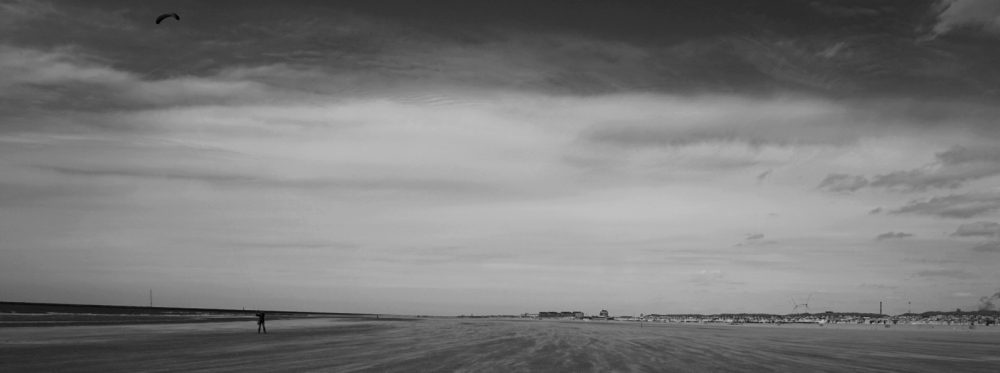Why this image..? What does it say..? What does it mean..?
For Roland Barthes, in Camera Lucida the photograph can be the object of three practices. You, the spectator see a rusting milk churn standing in front of a door somewhere. You have no context beyond what you see in front of you. I as the operator (photographer) chose this image both to display here, and in the first instance to take the photograph. And what of the referant? What is the vision contained within the image? What am I intending to portray? It is a “truth”, but what truth? What is taking place outside of the image and therefore have I omitted anything?
Is there perhaps a story here? Does the story change if you know where I took this photograph? In the absence of any explanation, is there any insinuated comment within the image…or the caption?
![Churn. John Callaway [2016]](https://therearenorulesforgoodphotographs.files.wordpress.com/2016/06/image6.jpeg?w=584)
Churn. John Callaway [2016]
Or maybe I just liked what I saw. And if so, is it art?
The fine art print and a formalistic aesthetic are the watchwords of modernist photography. The works of Brett Weston and Ansel Adams are illustrative of this aesthetic. With postmodernism, ‘meaning’, ‘reference’ and ‘quotation’ became the key drivers. As Liz Wells notes: “In photography, the central impact of the postmodern was to destabilise links between representation and reality”. Photographers such as Barbara Kruger incorporated other elements into appropriated images, not only to provoke thought, but to support a particular ideology.
Postmodernist photography marked a break in tradition, in the same way that in art the impressionists broke from realism and the abstractionists broke from representation. The ‘new’ representations were no longer a first order reality, but one derived from reference to other representations.
